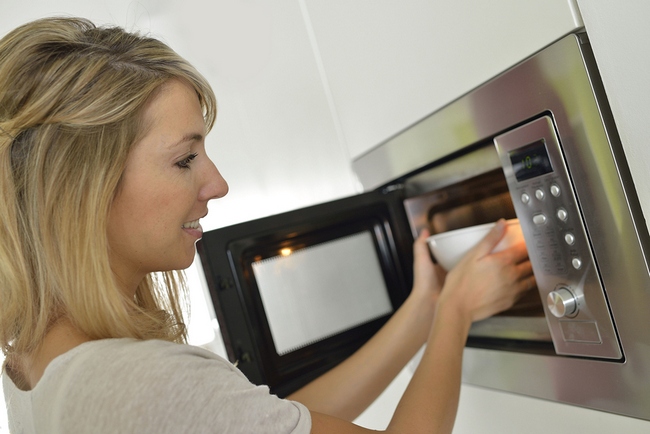- Make It Yourself Lavender Heart-Shaped Bath Bombs!
- 20 Things You Never Knew About “Down There”
- 12 Best Foods For Those Suffering From Arthritis Pain
- 12 Personal Hygiene Mistakes Almost Everyone Makes (Mom Never Told You About #4!)
- 15 Medicinal Plants And Herbs From The Cherokee People
- 12 Mind-Blowing Benefits Of Drinking Coconut Water During Pregnancy
- 12 Outstanding Winter Foods That Won’t Fatten You Up Like A Christmas Turkey
BPA Linked To Higher Blood Pressure And Heart Disease

Photo credit: bigstock
How You Can Reduce Your Risk Of BPA Exposure
BPA is such a widely used chemical it can seem hopeless trying to avoid it, but the good news is that there are some practical steps you can take which will significantly reduce your risks of any health problems.
Choose glass and ceramic containers and bottles instead of plastic. These substances do not contain BPA.
If you use a plastic bottle, avoid exposing it to heat or sunlight. Heat exposure causes BPA from the plastic bottle to seep into the liquid.
Eat fewer canned foods. This should be obvious, but how many of us just throw cans of beans into the grocery cart without thinking? Instead, buy the bagged beans (they’re much cheaper too). This goes for beverages as well. Choose drinks in glass bottles instead of cans whenever possible.
Avoid “microwavable” plastic. When a polycarbonate plastic container is marked “microwavable”, it simply means that the microwave oven’s heat won’t cause it to melt. BPAs can still leak into your food and contaminate it. Use a ceramic or glass container to microwave your food instead.
READ ALSO: BPA Free Plastics Contain Another More Dangerous Chemical
Choose the right baby bottles. Infants are more sensitive to the effects of BPA than adults, and unfortunately many baby bottles are made of BPA-containing plastic. A good rule of thumb is that hard, clear plastic bottles usually have BPA, while the soft, translucent and opaque bottles do not. Research the brand you want to purchase to make sure it is BPA-free. Many brands are labeled as such.
References:
































